Explore how different religions envision life after death through diverse spiritual beliefs.
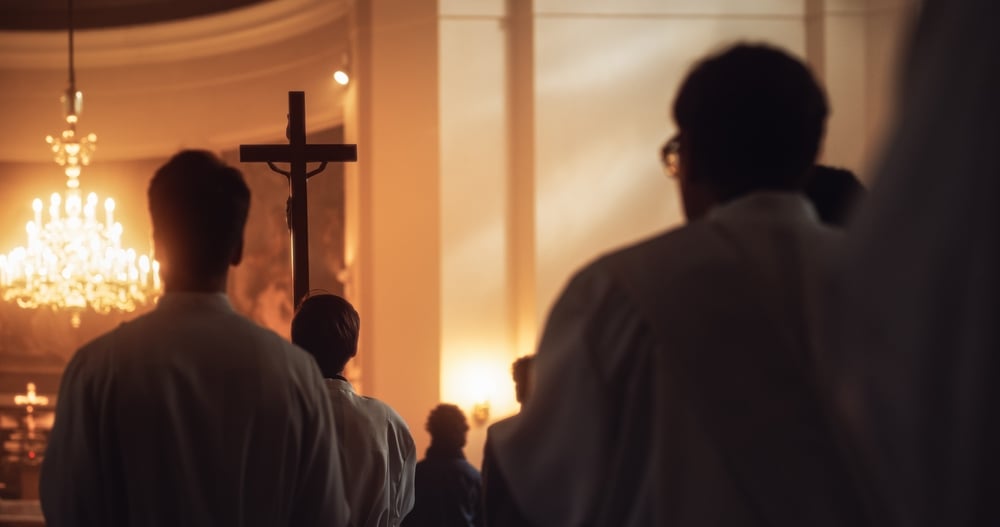
The concept of the afterlife varies profoundly across world religions, reflecting cultural values and spiritual ideals. From ideas of judgment and eternal reward to cycles of rebirth and spiritual liberation, each tradition offers unique perspectives on what lies beyond death. Understanding these diverse beliefs helps us appreciate the rich tapestry of human spirituality and the ways societies address life’s ultimate mystery.
1. Many faiths envision an eternal reward for virtuous living.
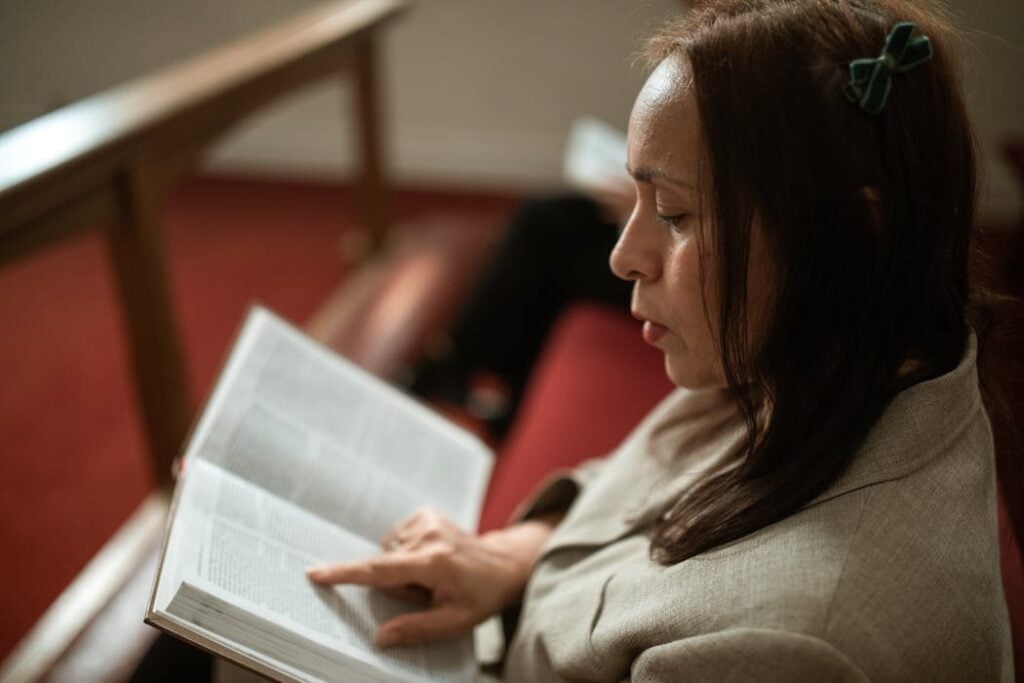
In numerous religious traditions, an eternal reward awaits those who lead a virtuous life. This reflects a moral structure where good deeds and faithfulness are honored with paradise, a place of eternal peace. Sienna skies and golden strands often manifest in these vivid depictions.
For many believers, achieving such a reward underscores a life lived according to the faith’s teachings, as mentioned in the Pew Research Center. The promise of eternal bliss functions as both an incentive and a reflection of divine justice, weaving moral guidelines into the fabric of everyday life.
2. Some traditions believe in reincarnation and cyclical life journeys.

Reincarnation is central to certain religions, emphasizing a cyclical journey of birth, death, and rebirth. Karma, the accumulated result of one’s actions, influences subsequent lives. It serves as a cosmic ledger reflecting life’s moral balance.
Hinduism and Buddhism, among others, see reincarnation as a path toward spiritual evolution, according to Universal Life Church. Through multiple lifetimes, individuals work toward liberation from the physical world, each existence offering a chance for growth and enlightenment.
3. A common belief involves souls moving to a spiritual realm.
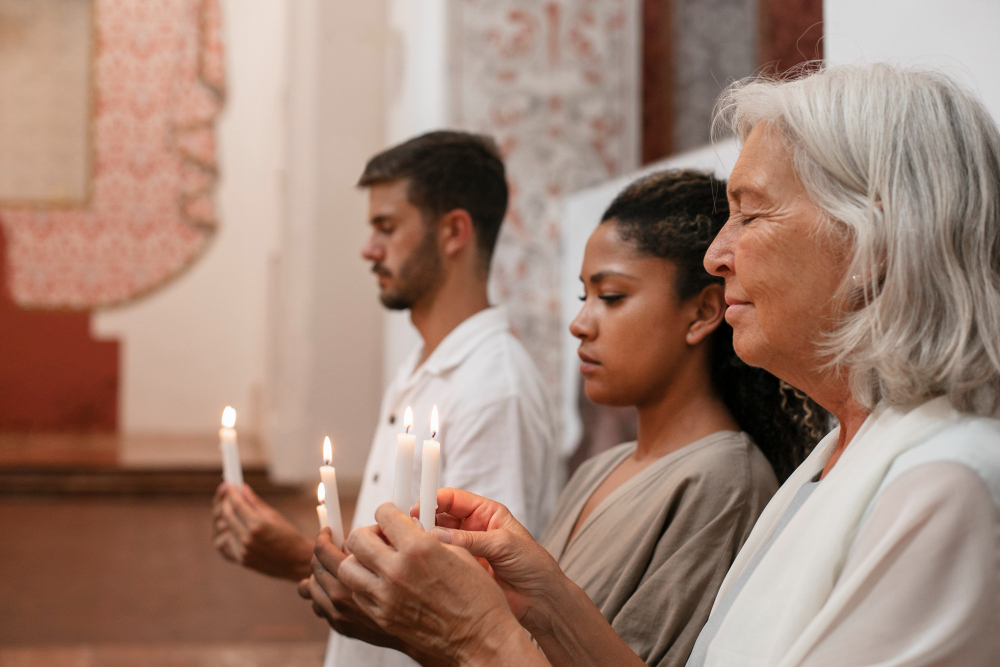
Several faiths uphold the belief that souls transition to a spiritual realm after death. This destination offers peace and union with the divine and serves as the ultimate return home. Such realms often blend ethereal tranquility with eternal fulfillment.
This realm varies from luminous landscapes to crystal-clear rivers, with the essence of the soul arriving at a timeless state. Within this view, the soul’s journey transcends mortal struggles, moving closer to an all-encompassing spiritual truth, as shared by Britannica.
4. Certain religions teach that the afterlife mirrors earthly experiences.
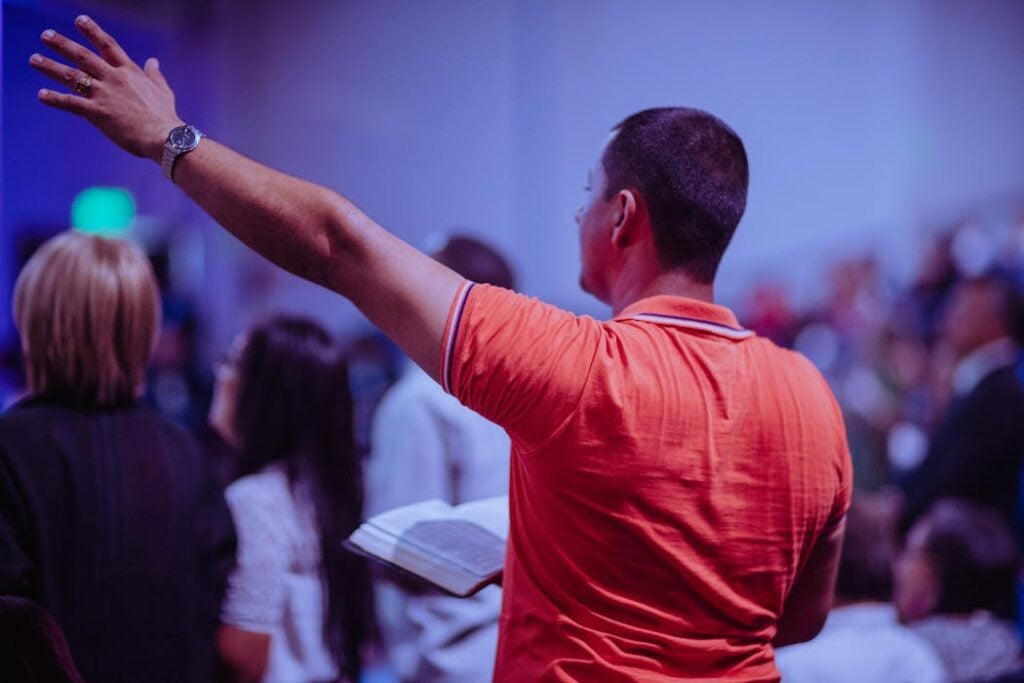
In some teachings, the afterlife reflects humanity’s earthly experiences, offering continuity beyond death. These beliefs suggest a mirror to one’s life, where familiar joys and challenges extend into eternity. Daily actions position individuals within this vast, cosmic continuum.
Such continuity ensures that earthly ties and experiences remain meaningful, as future existence intertwines with past realities. Comfort and familiarity, akin to a well-loved community or the texture of daily rituals, become everlasting staples in these spiritual narratives.
5. The idea of judgment day features prominently in various teachings.

Judgment day appears in many religious doctrines, marking a definitive evaluation of each soul. This pivotal moment enforces a divine moral order, assessing one’s earthly contributions. It forms the axis between mortal life and the eternal.
The spectacle of judgment varies, with grand celestial balances or introspective reviews of one’s deeds. This final assessment imparts fairness and accountability, anchoring spiritual practices and ethical living within a broader divine plan.
6. Some cultures embrace ancestor veneration as part of afterlife beliefs.
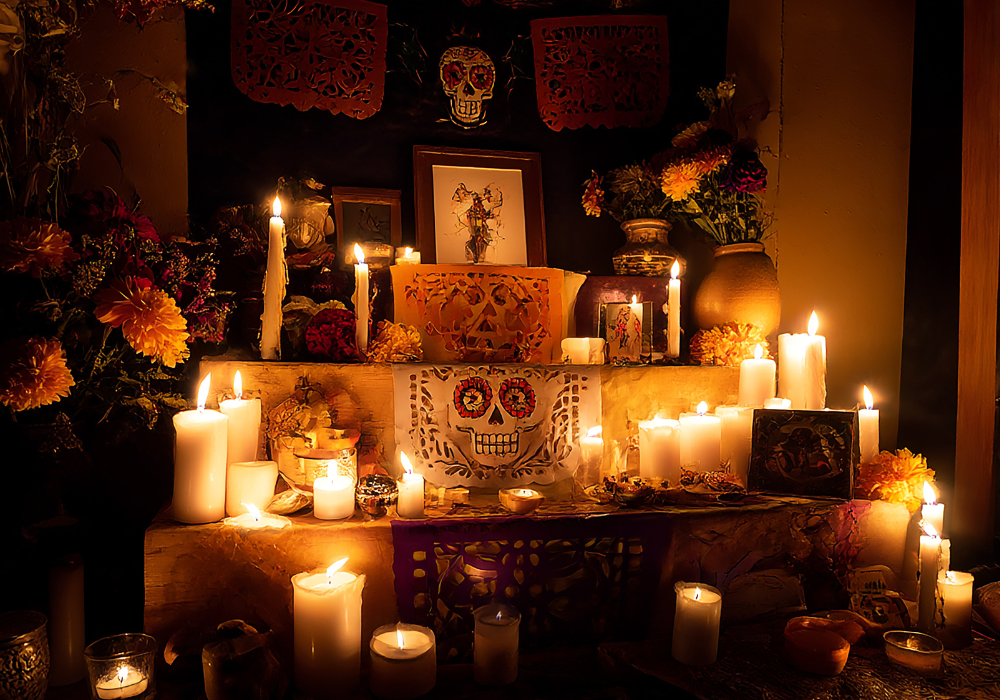
In various cultures, honoring ancestors integrates with beliefs about the afterlife. Ancestor veneration involves respecting and maintaining a connection with the departed, reinforcing familial bonds beyond mortality. Ritual offerings or memorial celebrations keep their memory alive.
This practice acknowledges the influence ancestors exert on the living, guiding actions and providing a protective presence. Through reverence, families maintain continuity and cultural identity, weaving ancestral wisdom tightly with living traditions.
7. Concepts of paradise or heaven often symbolize ultimate bliss and peace.
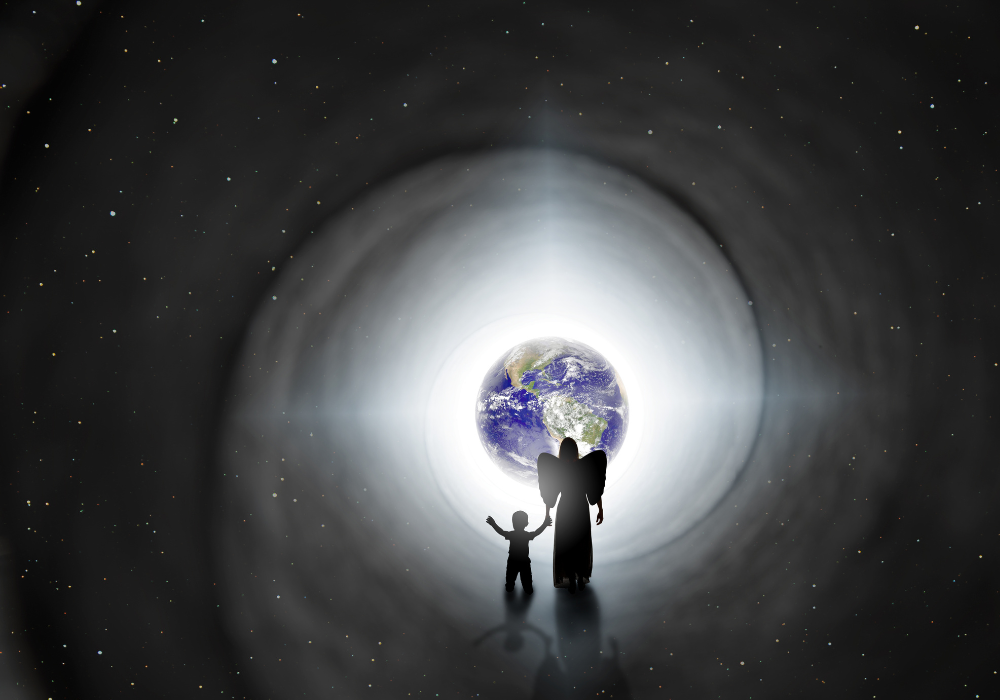
Concepts of paradise, or heaven, often signify ultimate bliss transcending earthly concerns. These depictions abound with tranquility and abundance, resembling verdant gardens or shimmering cities. Spiritual contentment prevails, untouched by time and turmoil.
Embodying the highest virtues, paradise represents an untarnished ideal, offering a spiritual homecoming. The imagery serves to inspire and guide, providing a comforting promise of rest and joy at life’s journey’s end.
8. Others describe the afterlife as a state of spiritual liberation.

For some, the afterlife represents spiritual liberation rather than a physical place. Nirvana or enlightenment serves as a release from material entanglements, achieving unity with a higher truth. This transcendence liberates the soul from the cycle of suffering.
Achieved through dedicated spiritual practice, this state offers freedom from the turmoil of earthly existence. As a serene light, it signifies reaching one’s fullest potential, merging with the vast, all-encompassing essence of the universe.
9. Ghosts or spirits are believed by many to linger post-death.

Belief in ghosts or spirits lingering after death spans various cultures. These entities may remain to complete unfinished business or watch over loved ones, existing in a veil-thin realm between worlds. Their presence sparks both intrigue and caution.
Manifesting as flickering shadows or whispered names, spirits serve as reminders of the past and connections enduring beyond the grave. A familiar spectral figure on a creaky staircase can evoke comfort, a protector from beyond.
10. Several religious views present the afterlife as a continuation of the soul’s journey.

Numerous religious perspectives view the afterlife as a continuous soul journey rather than a final destination. This ongoing passage incorporates growth and learning beyond death. By weaving life into a broader spiritual tapestry, the soul’s development endures.
For adherents, the journey prompts reflection on both life’s temporary nature and eternal aspects. Like a traveler seeking wisdom through myriad lands, the soul evolves, gathering experiences and insights in a limitless, unfolding narrative.
11. Ideas of punishment exist alongside rewards in some spiritual frameworks.
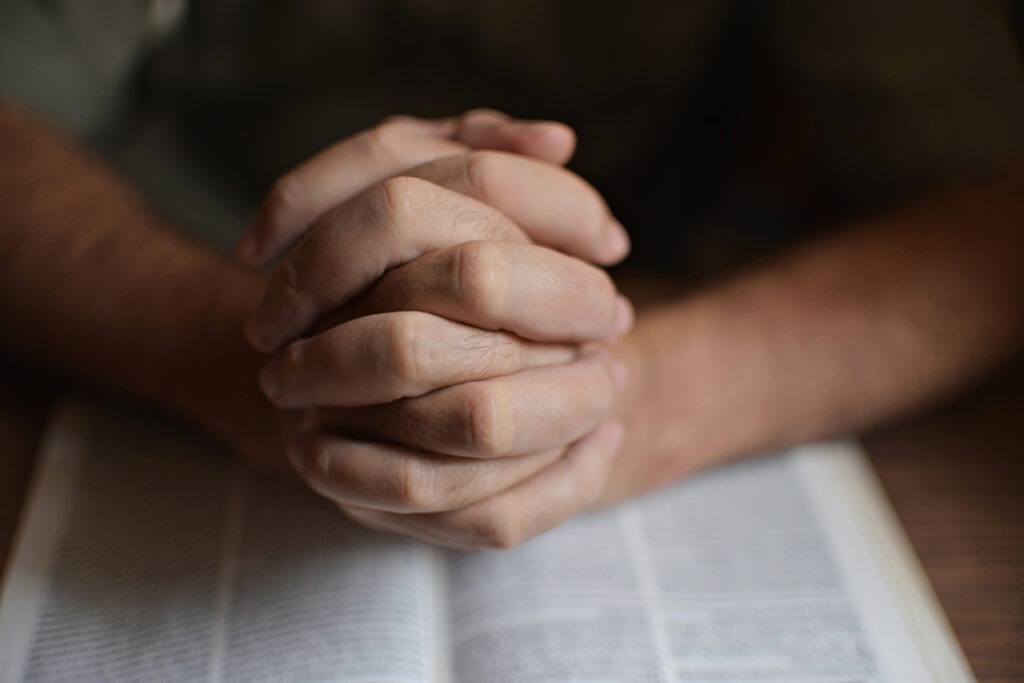
In some spiritual frameworks, punishment exists alongside promised rewards. The afterlife becomes a realm of balance, where deeds determine one’s future state. Hell or purgatory might serve as settings for reflection or correction.
Here, moral accountability takes tangible form, accentuating the weight of choices made in life. Whether marked by intense heat or chilling isolation, these depictions urge deeper reflection on ethical behavior and personal growth while alive.
12. The afterlife is frequently seen as a mystery beyond mortal understanding.
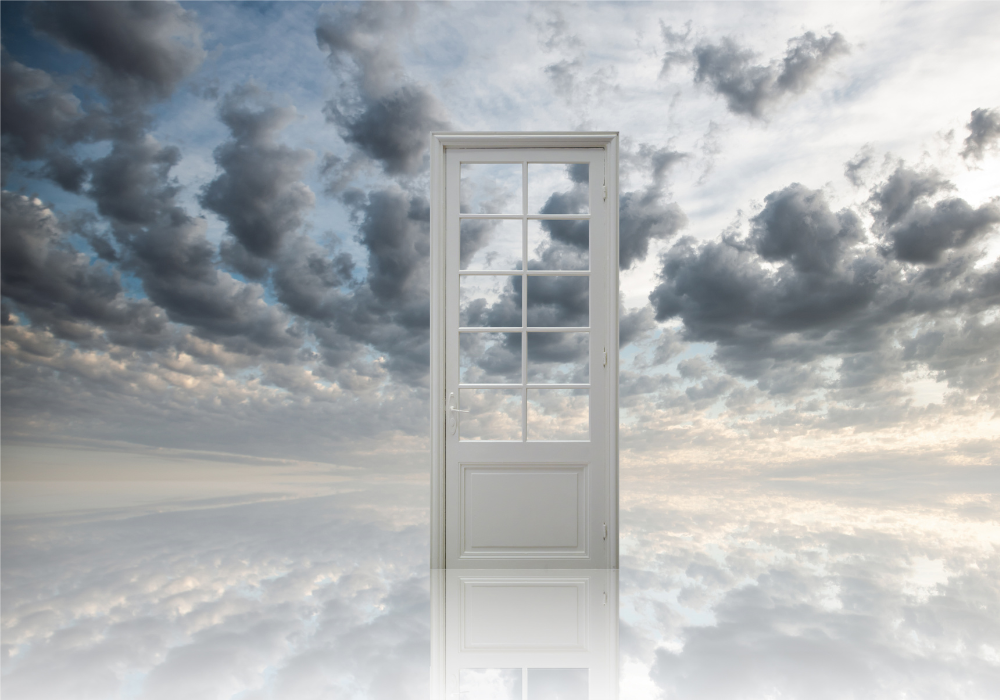
Many traditions view the afterlife as an unfathomable mystery. This divine enigma eludes complete understanding, shrouded in sacred lore and spiritual wonder. A timeless river may symbolize this ungraspable essence, flowing toward unknown destinations.
Faith often intertwines with this uncertainty, encouraging a journey defined by wonder rather than concrete answers. Believers embrace the unknown, trusting that a deeper truth exists beyond life’s visible horizon, an unending story waiting to unfold.
